
Ethical hackers: Should businesses tread with caution?
With cybercrime continuing to pose a major threat around the globe, businesses everywhere are increasing their spending on both information security solutions and regular security testing to find vulnerabilities before criminals can exploit them. However, with the latest research showing over 40 percent of cyberattacks last year were in fact zero-day exploits that took advantage of vulnerabilities missed by traditional pen testing, it’s clear that more still needs to be done.
For this reason, a growing number of organizations are turning to so-called 'ethical hackers' or grey hats, who use their skills to find the vulnerabilities that traditional penetration testing organizations can’t. However, while the services on offer can be incredibly effective, the idea of hacking still tends to carry (mostly) negative connotations, which often leaves businesses unsure about finding an ethical hacking service they can trust. For those that wish to explore the idea of ethical hacking further, below are a number of best practice guidelines for doing so:

You don't have to be clever to be a cybercriminal
Cybercriminals don't need to be clever and use inventive hacking exploits to breach systems as organizations are making things too easy for them, says a new report.
Intelligence-led computer security testing company SE Labs has released its annual Cyber Threat Intelligence report with a warning that CEOs need to take cybersecurity seriously or risk falling into the clutches of criminals eager to take their data and their money.

Almost half of people think cyberattackers shouldn't be prosecuted -- provided they hand back some of their proceeds
New research from cybersecurity company Naoris Protocol finds 48 percent of people surveyed think criminals who break into computer networks with malicious intent should be paid a percentage of the funds they steal and face no prosecution if they return the majority of their spoils.
The survey of over 500 people working in the cybersecurity and web arenas found just 38 percent saying they disagreed with not prosecuting malicious hackers, while 13 percent were unsure.

Ransomware: The greatest threat to state and local governments today
Historically, government organizations have faced fewer attacks than their peers in other industries, particularly education and healthcare. But state and local governments have become a popular target for bad actors over the last two years -- nearly half of all ransomware in 2020 targeted municipalities. And in 2021, almost 60 percent of state and local governments faced a ransomware attack, up from just one-third of government organizations the year before.
The trend toward more frequent government ransomware attacks is concerning for several reasons. First and foremost, governments provide constituents with critical, everyday infrastructure, which makes ransomware-related outages costly and damaging. This incentivizes government IT leaders to address ransomware breaches quickly by paying the ransom. Second, and equally important, many state and local governments continue to use legacy hardware for their IT infrastructure. Without cloud-based protections and modernized cybersecurity protocols, many state and local governments face an uphill battle when it comes to addressing ransomware.

Bad bot traffic up 50 percent as fraudsters target Black Friday
New research from Kasada shows a 50 percent jump in bad bot activity during Black Friday week, with bot operators using customized open-source development tools, headless browsers, and new Solver Services to conduct their attacks at scale.
The report also shows a six times spike in automated gift card lookups this holiday shopping season, a key indicator that fraudsters are using bots to identify and steal gift card balances.

Cyber threat activity continues to grow in Q3
New data from managed security service provider Nuspire reveals large increases in overall threat activity in the second quarter of this year continued throughout Q3, with additional growth in both exploits and botnets.
There's been a 236.22 percent jump in Kryptik variants -- a type of trojan malware distributed to victims through phishing campaigns, the goal being to steal information, including cryptocurrency wallets, files and SSH keys.
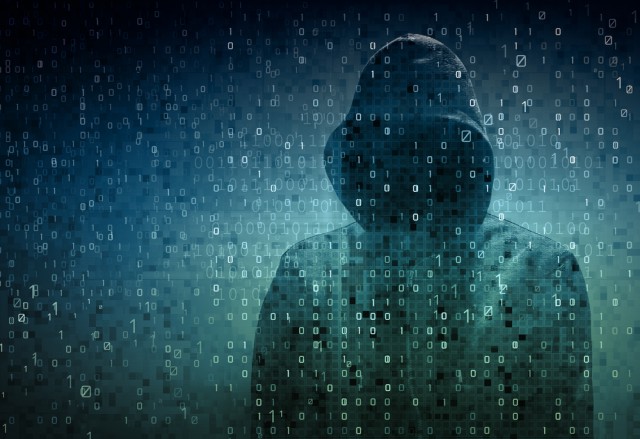
What popular culture gets wrong about hacking [Q&A]
It's safe to say that Hollywood and pop culture have not always been kind to the tech and cybersecurity industry.
Throughout the years, movies and TV shows have established a stereotype of how IT and security experts should look, with one of the biggest stereotypes being the representation of a hacker.
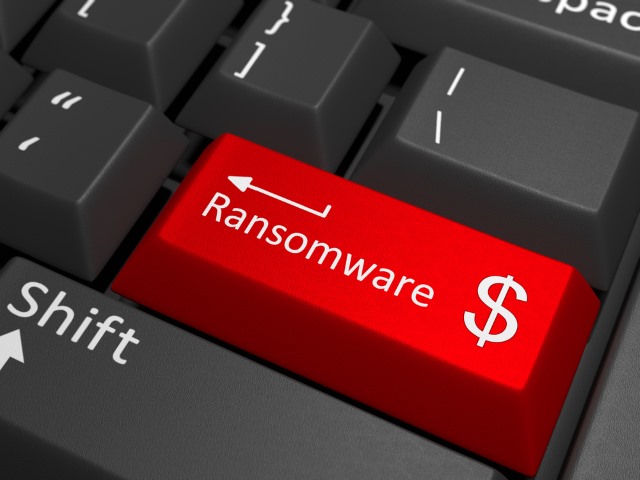
New gangs and new tactics mean more victims of ransomware
Ransomware actors have been forming affiliate gangs and using new tactics in order to lure additional victims, according to a new report.
The latest 2022 Bi-Annual Cyber Threat Report from Deep Instinct reveals changes in the world of ransomware gangs, including LockBit, Hive, BlackCat, and Conti.

Will new CISA guidelines help bolster cyber defenses?
Do you know what IT devices are in your business or on your network right now? If not, it’s not just cybercriminals that might be knocking on your door very soon, but the White House.
Binding Operational Directive 23-01, or BOD 23-01, is a new directive from the U.S. Cybersecurity and Infrastructure Security Agency. CISA has issued a Binding Operational Directive (BOD) that orders federal agencies in the country to keep track of their IT assets and any vulnerabilities on their networks.

Defending against critical infrastructure attacks [Q&A]
Critical infrastructure is a prime target for cybercriminals and nation state actors. It often operates on legacy operational technologies (OT) which have vulnerabilities that can't be fixed easily or directly.
We spoke to John Moran, technical director, business development at Tufin, to discuss how organizations can protect themselves. John is a former incident response consultant and is a cybercrime forensics expert.
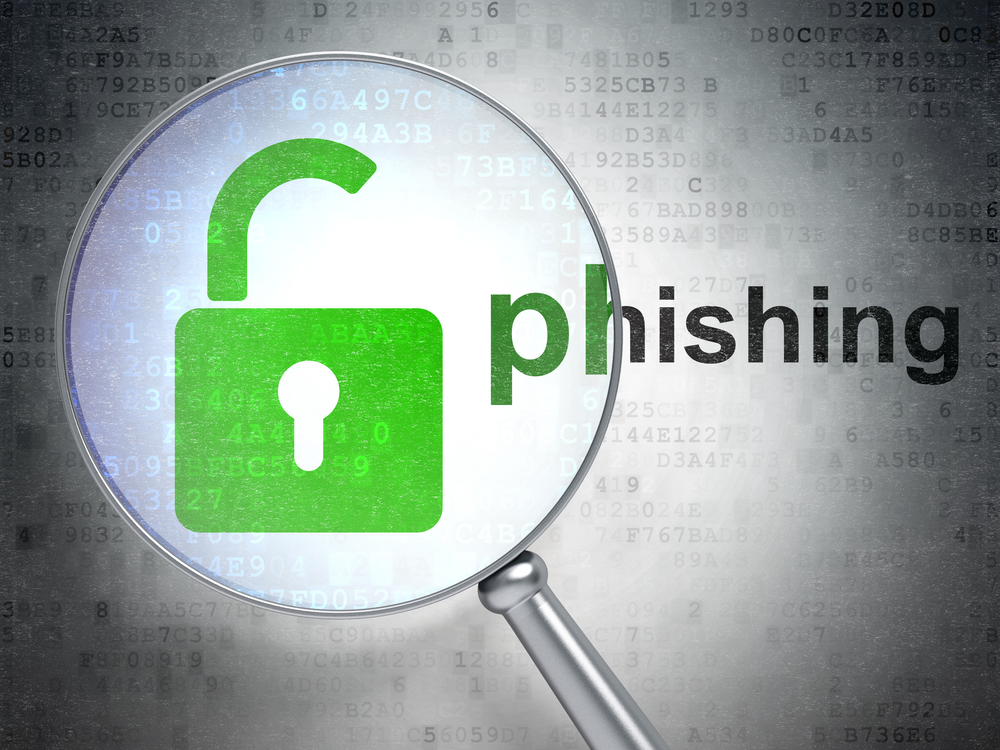
Phishing volumes increase over 30 percent with well-known brands as favorite targets
The latest report from email security and threat detection company Vade shows the volume of phishing emails up 31 percent in the last quarter compared to Q2.
Volumes peaked in July (79.2 million), dipping in August (57.5 million), and rebounding in September (67.2 million). If this pace continues through Q4, phishing volumes in the second half of 2022 are set to exceed those reached in the first half (315 million).
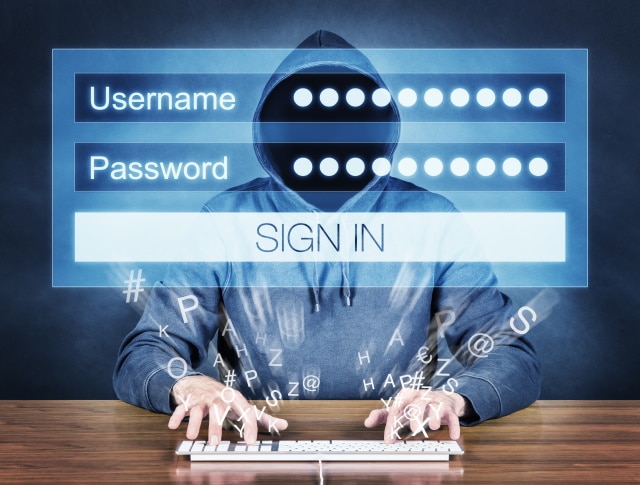
Attackers aren't as clever as you think when it comes to finding passwords
Although we've been told for years that their days are numbered, passwords are still a major part of our security defenses.
New research from Rapid7 looks at two of the most popular protocols used for remote administration, SSH and RDP, to get a sense of how attackers are taking advantage of weaker password management to gain access to systems.
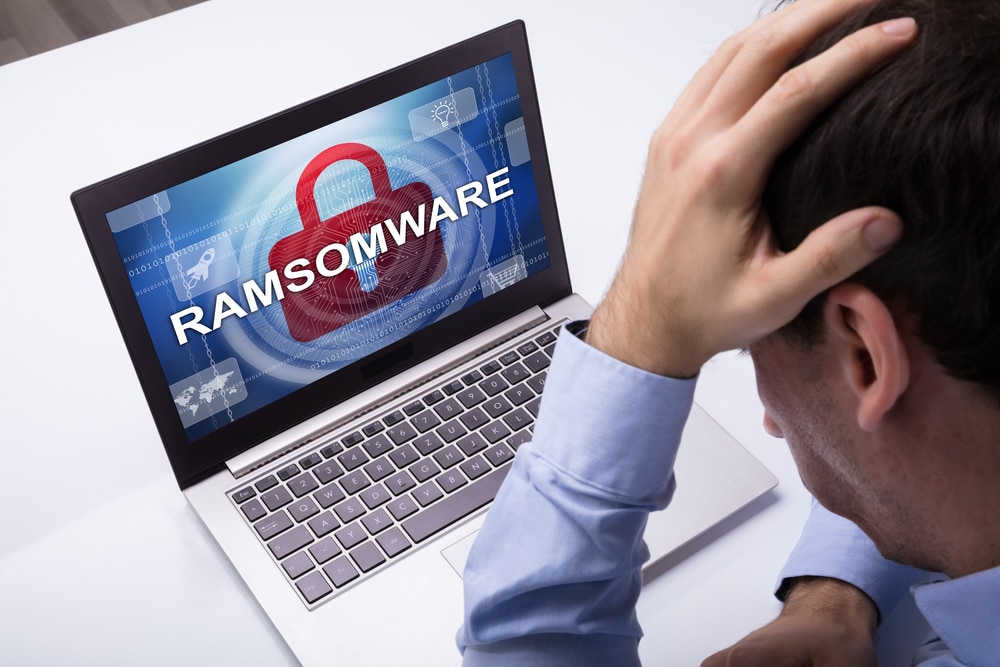
Ransomware attacks are down in the third quarter
The period from July to September this year has seen 27 ransomware variants used to conduct 455 attacks according to cybercrime intelligence company Intel 471's Spot Reports and Breach Alerts.
This represents a decrease of 38 attacks from the second quarter of 2022 and 134 from the first quarter of 2022.

If your name is Michael Smith and you're from Houston you could be a fake
New research from identity verification company Socure looks at patterns surrounding how fraudsters construct synthetic identities to identify factors that may assist in identifying and thwarting this kind of crime.
The study shows that criminals employing synthetic identities do their best to blend them with the overall population. So in the majority of cases, synthetic identities fell into the most common demographics and consumer traits.

Online ad fraud, why it's such a problem and what to do about it [Q&A]
Online advertising is big business and it inevitably follows that where there's money to be made the fraudsters and cybercriminals won't be far behind.
We spoke to Jacob Loveless, CEO of eCommerce specialist Edgemesh, to find out more about why ad fraud has become such an issue and what businesses can do to combat it.
